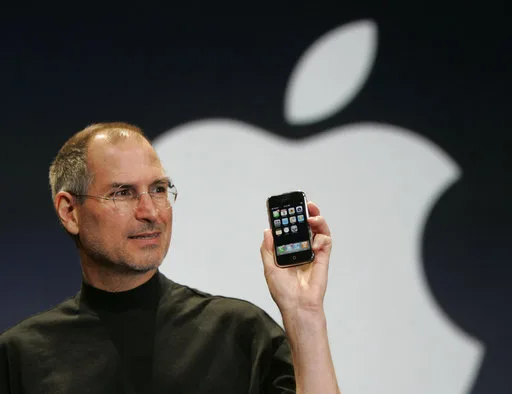
Apple’s Journey: From Failure to Monumental Success
Apple Inc., a name synonymous with innovation, was founded in April 1976 by Steve Jobs, Steve Wozniak, and Ronald Wayne. Initially aimed at selling personal computers with the Apple I, the company quickly became known for its pioneering technology and distinctive design. By the 1980s, Apple had introduced the Macintosh, revolutionizing the personal computing experience with its graphical user interface.
The success of the early Macintosh models set the stage for a new era of computing. However, despite these innovations, Apple faced stiff competition from IBM and Microsoft, which dominated the market with more affordable and widely compatible PCs. This period underscored the company’s niche approach, which both distinguished and limited its market reach.
Unexpected Crash
The 1990s marked a tumultuous time for Apple, as the company saw a significant decline. Sales plummeted and market share dwindled, exacerbated by poor product decisions and a lack of clear leadership. The low point came with the launch of several failed products, such as the Newton MessagePad and the Apple Lisa, which were commercial disasters.
Financial instability and internal strife led to a revolving door of CEOs, each unable to reverse the company’s fortunes. By the mid-1990s, Apple was close to bankruptcy, with its stock hitting an all-time low. The company struggled to maintain relevance in a rapidly evolving market that was increasingly dominated by Windows PCs.
How Did Apple Let This Happen?
It was the lack of innovative products and a coherent marketing strategy that almost pushed Apple into oblivion. The company spread itself too thin across multiple unprofitable projects, losing focus on what made it successful: user-friendly, design-centric products.
The turning point for Apple came with the return of Steve Jobs in 1997, after the company acquired NeXT. Jobs streamlined the product line, focused on quality over quantity, and introduced a series of innovative products beginning with the iMac in 1998. His leadership restored Apple’s reputation and finances, steering it away from the brink of bankruptcy.
Under Jobs’ leadership, Apple embraced simplicity and innovation. The introduction of the iPod in 2001, followed by the iPhone in 2007 and the iPad in 2010, marked a series of pivotal moments for the company. These products not only revolutionized their respective markets but also firmly established Apple as a leader in technology.

The Rise Of Apple
These innovations led to unprecedented financial success, with Apple becoming the first U.S. company to reach a trillion-dollar market value in 2018. The company’s focus on high-quality products and its ecosystem of services and applications have sustained its growth and profitability.
Apple’s journey from near-bankruptcy to becoming one of the most valuable companies in the world is a testament to the importance of leadership, vision, and resilience. It highlights the critical role of innovation in the tech industry and the need for companies to adapt continuously to changing market dynamics.
Apple Journey: An Example That After a Fall There Will Be Growth
This story serves as an inspiration and a lesson for businesses and individuals alike. It shows that with the right leadership and a clear focus, even the most dire situations can be turned around. Apple’s history encourages a culture of innovation, perseverance, and the belief that anything is possible with determination.
